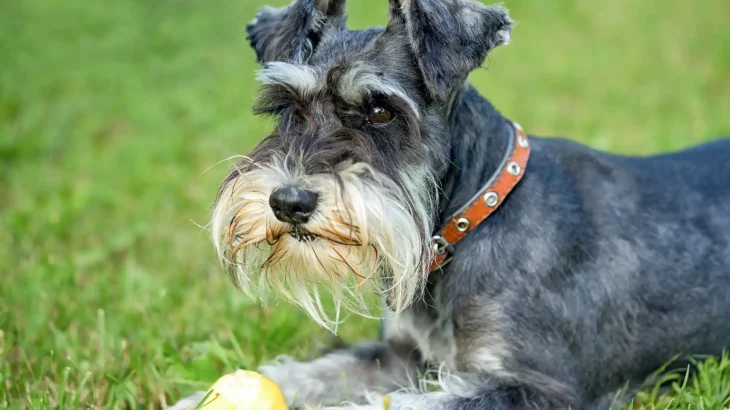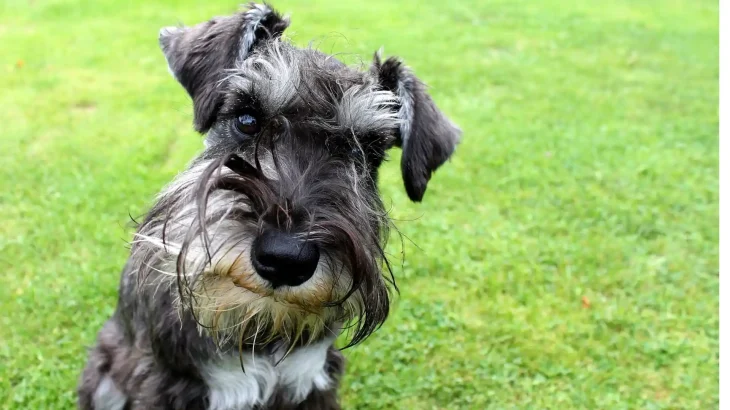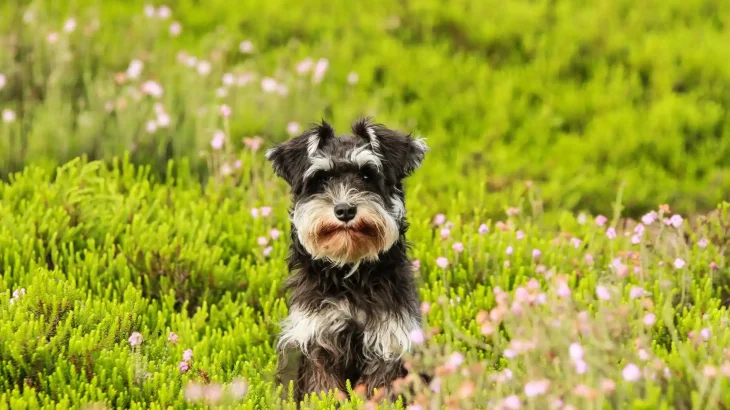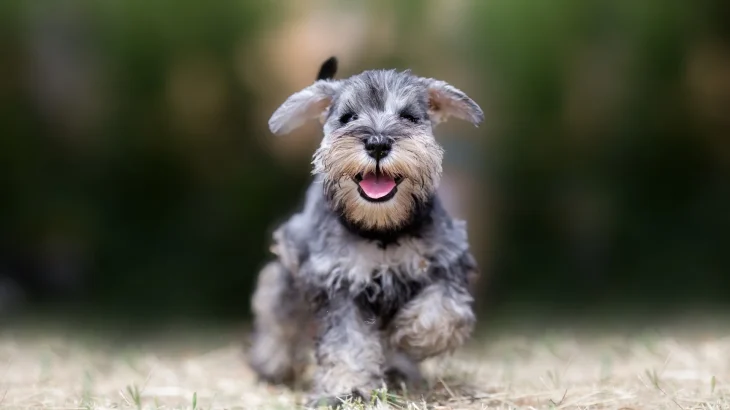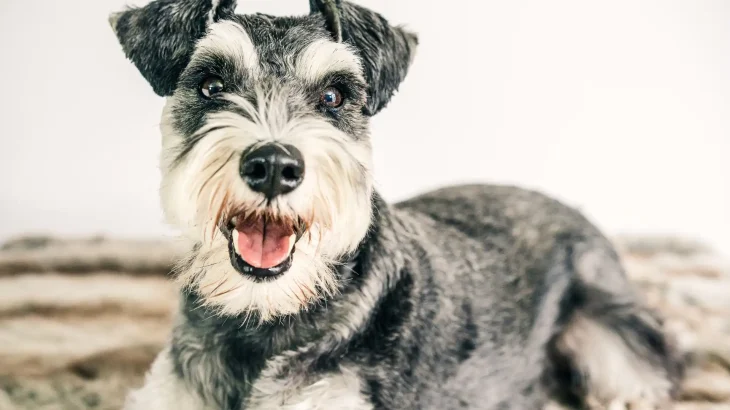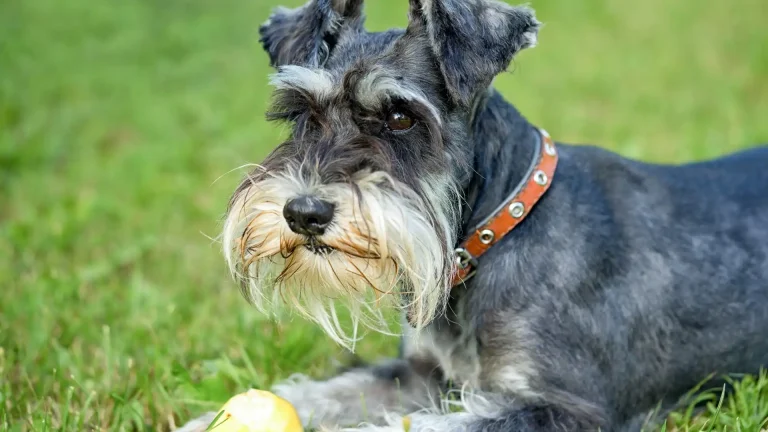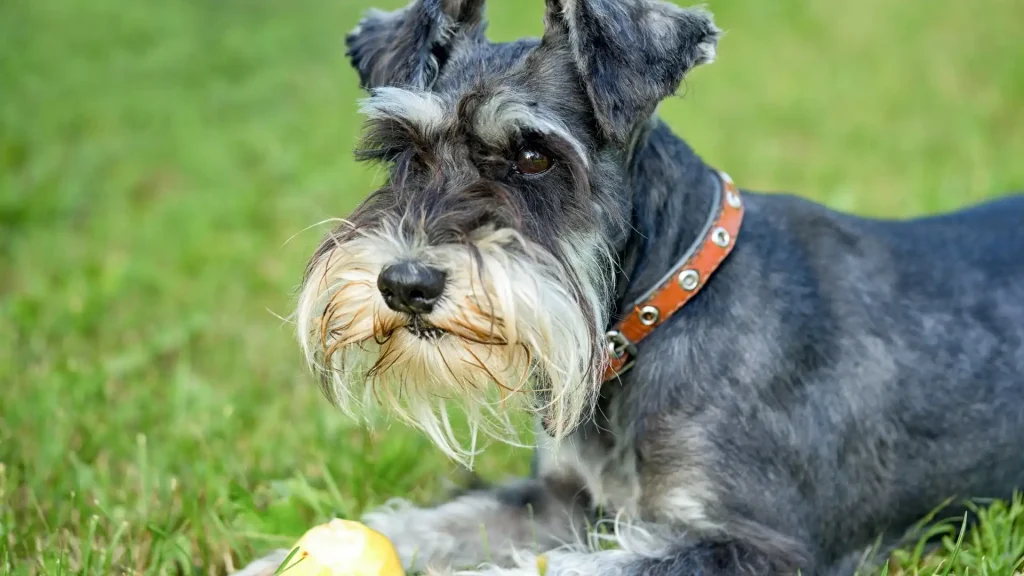Deciding whether to adopt or purchase a Schnauzer puppy depends on your priorities like costs, health clarity, and ethics. Buying from a breeder offers more certainty about pedigree and health history, while adoption gives a chance to provide a home to a dog in need. Both paths have meaningful benefits depending on what matters most to you.
Adoption vs. Breeder: Pros & Cons
| Criteria | Buying from Breeder | Adopting from Shelter/Rescue |
|---|---|---|
| Cost | Higher upfront price, often $1,000 to $2,500 for Schnauzer puppies. | Lower fees, typically $150-$400, often including vaccinations and spay/neuter. |
| Health History | Usually provides comprehensive health records and genetic testing. | Health history may be incomplete, though shelters often provide basic vet checks. |
| Age Availability | Usually puppies, so you can raise your Schnauzer from a young age. | Varies from puppies to adult dogs, giving options based on your preference. |
| Temperament Insight | Breeders advise on lineage temperament and socialization. | Shelter/rescue staff share behavioral observations, but full history may be limited. |
| Supporting Practices | Supports breeding and breed preservation; ethical breeders are important. | Promotes animal welfare by rescuing dogs needing homes. |
| Ethical Considerations | Risk of supporting irresponsible breeders if not carefully vetted. | Gives a chance to save a dog's life and reduce shelter overcrowding. |

